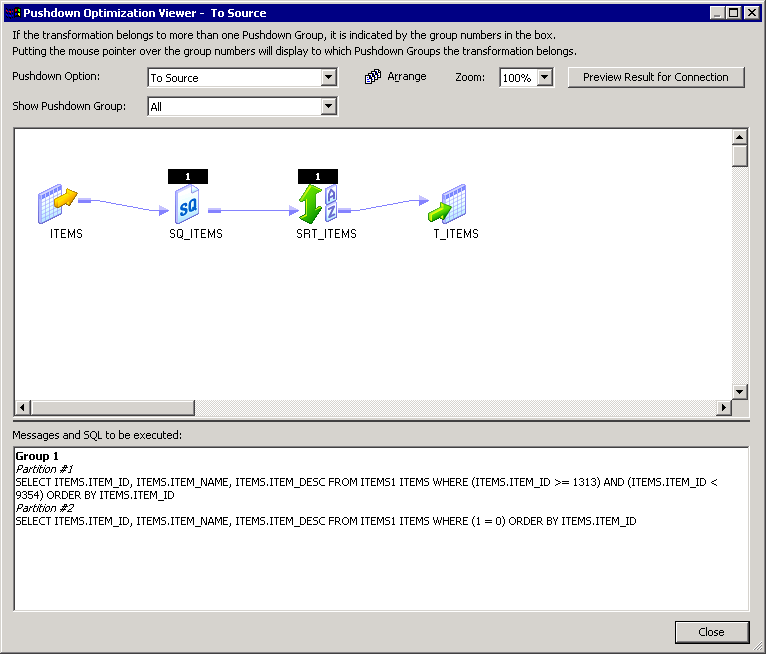PowerCenter
- PowerCenter 10.4.1
- All Products


SELECT ITEMS.ITEM_ID, ITEMS.ITEM_NAME, ITEMS.ITEM_DESC FROM ITEMS1 ITEMS WHERE (ITEMS.ITEM_ID >= 1313) AND (ITEMS.ITEM_ID < 9354) ORDER BY ITEMS.ITEM_ID
SELECT ITEMS.ITEM_ID, ITEMS.ITEM_NAME, ITEMS.ITEM_DESC FROM ITEMS1 ITEMS WHERE (1 = 0) ORDER BY ITEMS.ITEM_ID